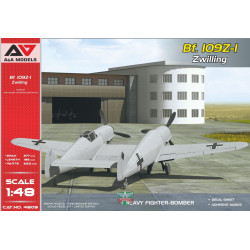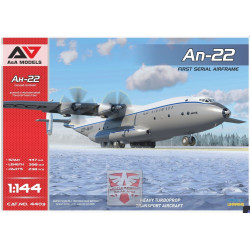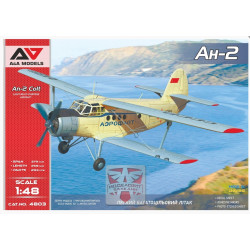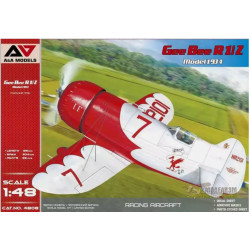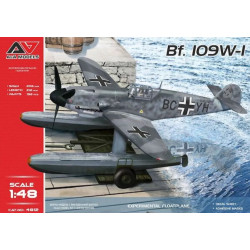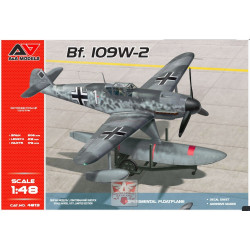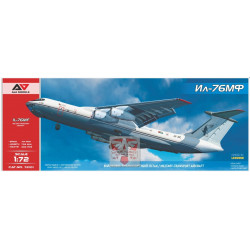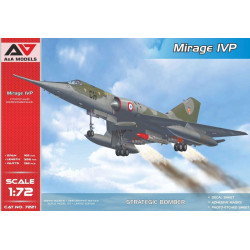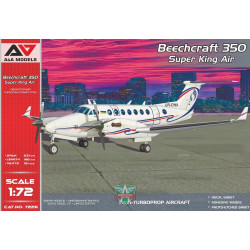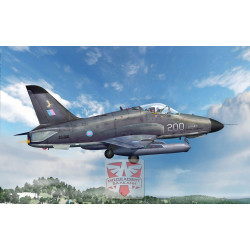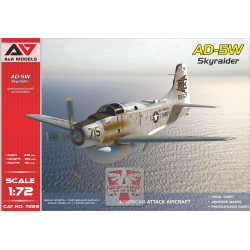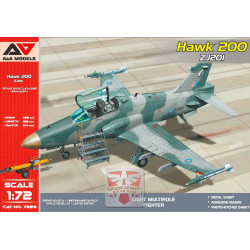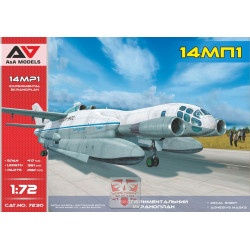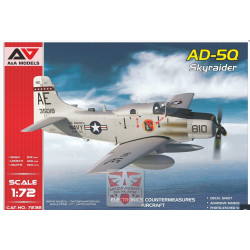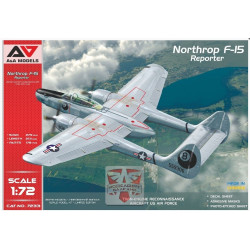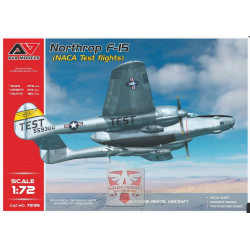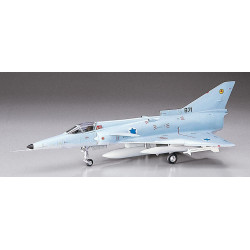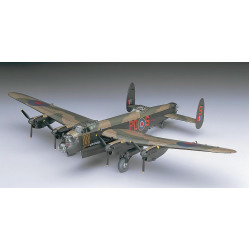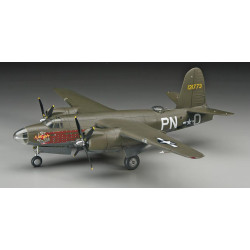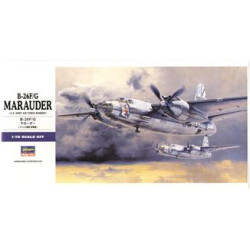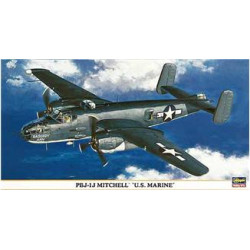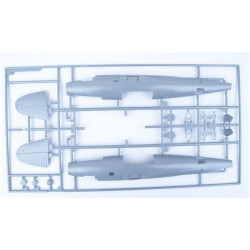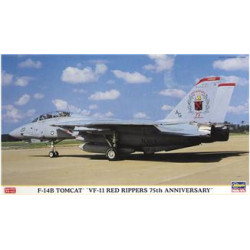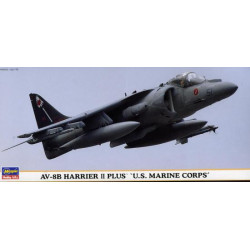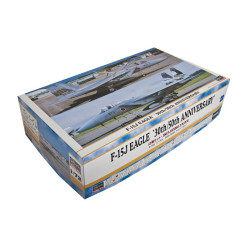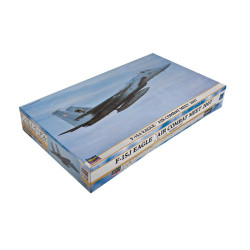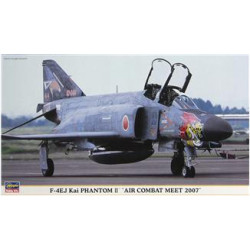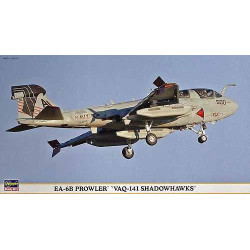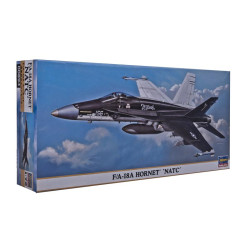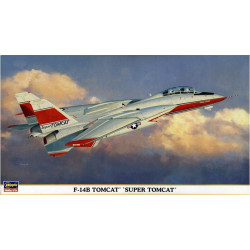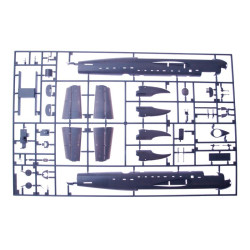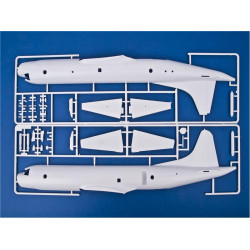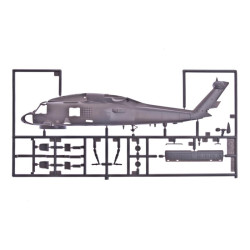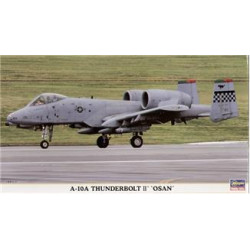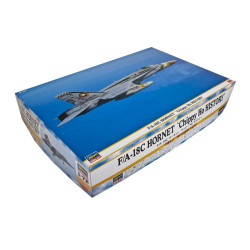F-16C Fighting Falcon "Texas Ang 111FS 90th Anniversary"
1/72 Aircrafts, Planes
Hasegawa 00899
Manufacturer: Hasegawa
Scale: 1/72
Material: Plastic
Paint: Unpainted, Unassembled, Kit do not contain paints and glue.
Condition: New in Box
The General Dynamics (now Lockheed Martin) F-16 Fighting Falcon is a single-engine multirole fighter aircraft originally developed by General Dynamics for the United States Air Force (USAF). Designed as an air superiority day fighter, it evolved into a successful all-weathermultirole aircraft. Over 4,500 aircraft have been built since production was approved in 1976.Although no longer being purchased by the U.S. Air Force, improved versions are still being built for export customers. In 1993, General Dynamics sold its aircraft manufacturing business to the Lockheed Corporation,which in turn became part ofLockheed Martin after a 1995 merger with Martin Marietta.The Fighting Falcon is a fighter with numerous innovations including a frameless bubble canopy for better visibility, side-mounted control stickto ease control while maneuvering, a seat reclined 30 degrees to reduce the effect of g-forces on the pilot, and the first use of a relaxed static stability/fly-by-wire flight control system helps to make it a nimble aircraft. The F-16 has an internal M61 Vulcan cannon and 11 locations for mounting weapons and other mission equipment. The F-16's official name is "Fighting Falcon", but "Viper" is commonly used by its pilots, due to a perceived resemblance to a viper snake as well as theBattlestar Galactica Colonial Viper starfighter.In addition to active duty U.S. Air Force, Air Force Reserve Command, and Air National Guard units, the aircraft is also used by the USAF aerial demonstration team, the U.S. Air Force Thunderbirds, and as an adversary/aggressor aircraft by the United States Navy. The F-16 has also been procured to serve in the air forces of 25 other nations.Air Force F-X proponents remained hostile to the concept because they perceived it as a threat to the F-15 program. However, the Air Force's leadership understood that its budget would not allow it to purchase enough F-15 aircraft to satisfy all of its missions.The Advanced Day Fighter concept, renamed F-XX, gained civilian political support under the reform-minded Deputy Secretary of Defense David Packard, who favored the idea of competitive prototyping. As a result in May 1971, the Air Force Prototype Study Group was established, with Boyd a key member, and two of its six proposals would be funded, one being the Lightweight Fighter (LWF). The Request for Proposals issued on 6 January 1972 called for a 20,000-pound (9,100 kg) class air-to-air day fighter with a good turn rate, acceleration and range, and optimized for combat at speeds of Mach 0.6–1.6 and altitudes of 30,000–40,000 feet (9,100–12,000 m). This was the region where USAF studies predicted most future air combat would occur. The anticipated average flyaway cost of a production version was $3 million. This production plan, though, was only notional as the USAF had no firm plans to procure the winner.Increased interest would turn the LWF into a serious acquisition program. North Atlantic Treaty Organization (NATO) alliesBelgium, Denmark, the Netherlands, and Norway were seeking to replace their F-104G fighter-bombers.In early 1974, they reached an agreement with the U.S. that if the USAF ordered the LWF winner, they would consider ordering it as well. The USAF also needed to replace its F-105 and F-4 fighter-bombers. The U.S. Congress sought greater commonality in fighter procurements by the Air Force and Navy, and in August 1974 redirected Navy funds to a new Navy Air Combat Fighter (NACF) program that would be a navalized fighter-bomber variant of the LWF. The four NATO allies had formed the "Multinational Fighter Program Group" (MFPG) and pressed for a U.S. decision by December 1974; thus the USAF accelerated testing.On 7 June 1975, the four European partners, now known as the European Participation Group, signed up for 348 aircraft at the Paris Air Show. This was split among the European Participation Air Forces (EPAF) as 116 for Belgium, 58 for Denmark, 102 for the Netherlands, and 72 for Norway. Two European production lines, one in the Netherlands at Fokker's Schiphol-Oost facility and the other at SABCA's Gossellies plant in Belgium, would produce 184 and 164 units respectively. Norway's Kongsberg Vaapenfabrikk and Denmark's Terma A/S also manufactured parts and subassemblies for EPAF aircraft. European co-production was officially launched on 1 July 1977 at the Fokker factory. Beginning in November 1977, Fokker-produced components were sent to Fort Worth for fuselage assembly, then shipped back to Europe for final assembly of EPAF aircraft at the Belgian plant on 15 February 1978; deliveries to the Belgian Air Force began in January 1979. The first Royal Netherlands Air Force aircraft was delivered in June 1979. In 1980, the first aircraft were delivered to the Royal Norwegian Air Force by SABCA and to the Royal Danish Air Force by Fokker.
F-16 Fighting Falcon
A USAF F-16C over Iraq in 2008
Role
Multirole fighter aircraft
National origin
United States
Manufacturer
General Dynamics
Lockheed Martin
First flight
20 January 1974
Introduction
17 August 1978
Status
In service
Primary users
United States Air Force
25 other users (see operators page)
Produced
1973–present
Number built
4,500+
| General Product Info | |
| Material | NOT SET |
| Scale | 1/72 |
| Type | NOT SET |
We have the lowest worldwide shipping. And it's totally simple.
EUROPE, USA, CANADA TURKEY, ISRAEL, EGYPT, UE CHINA, JAPAN, HK, S.KOREA | AU NZ MX South America, Asia | |
| Order weight up to 0.22kg or 0.48lb | US$ 8.90 | US$ 8.90 |
| Order weight up to 0.44kg or 0.97lb | US$ 13.95 | US$ 17.90 |
| Order weight over 0.44kg or 0.97lb | US$ 19.99 | US$ 29.99 |
| Order total over $150 | FREE | PROMO US$ 19.99 |
Shipping to some countries not qualifies for the free shipping option but costs not over $29.99 for any sized order. Sorry for that, your location is too far.
- Stock: Out Of Stock
- Model: HA00899
- Weight: 0.63lb
- DATE ADDED: 08/04/2014
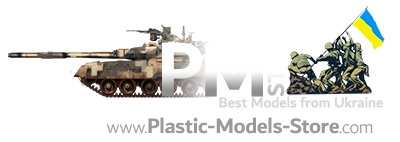
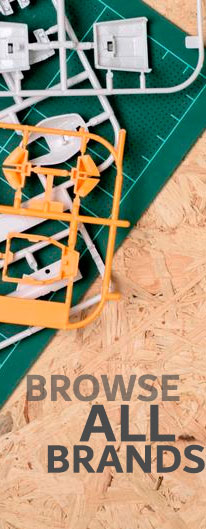

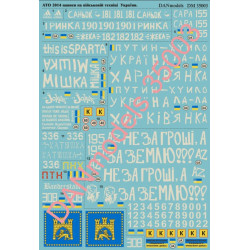
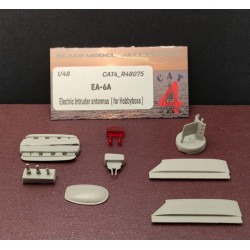



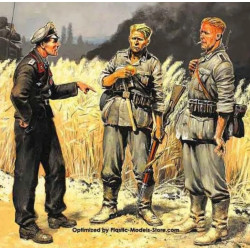



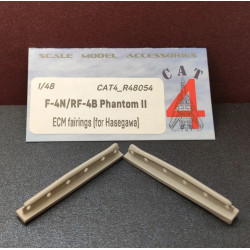
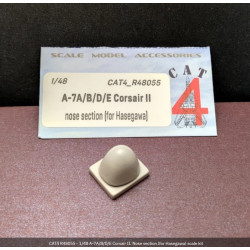
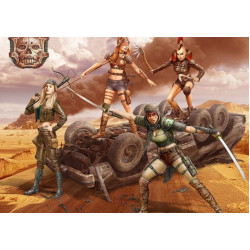
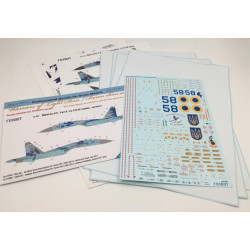
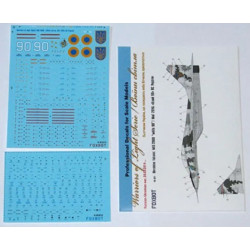

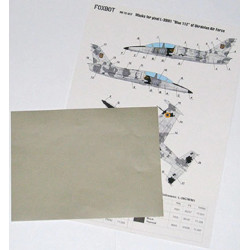
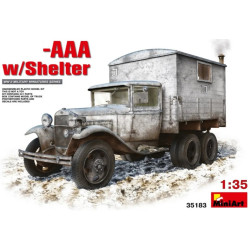


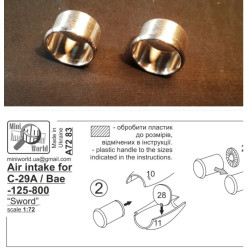
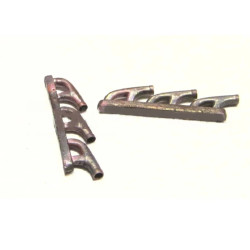
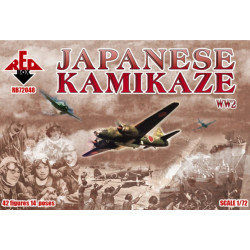





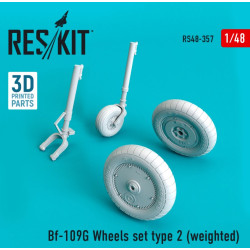


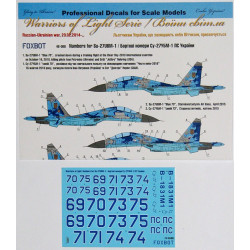
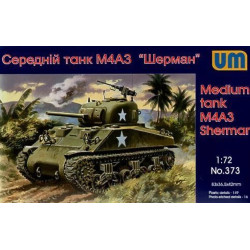









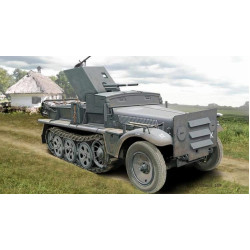
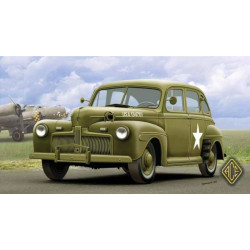
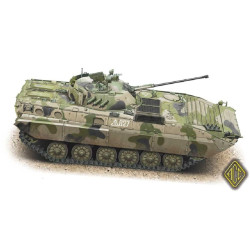
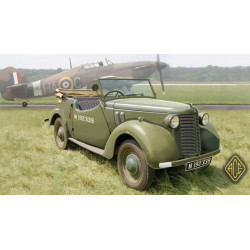
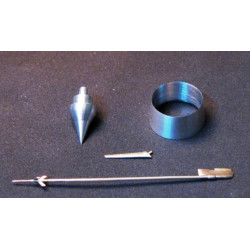

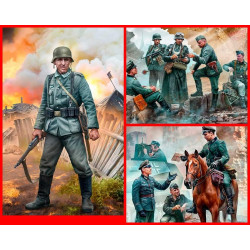
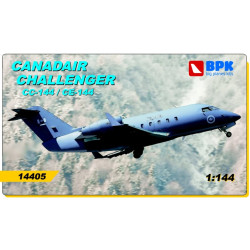
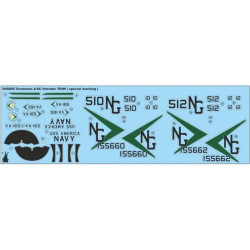

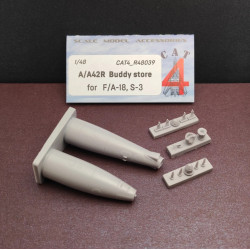

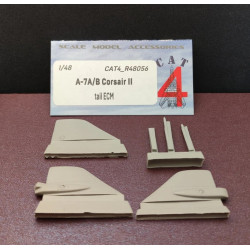
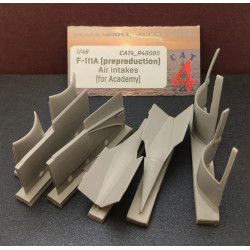
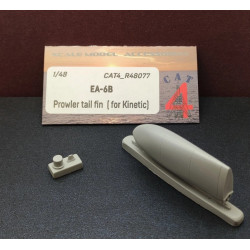
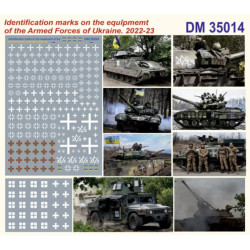
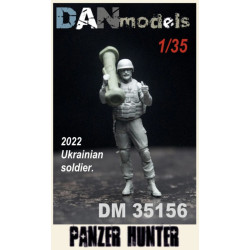

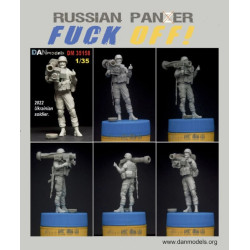

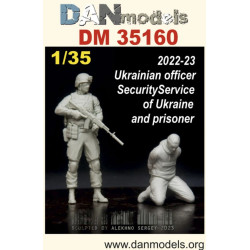
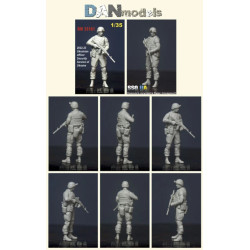
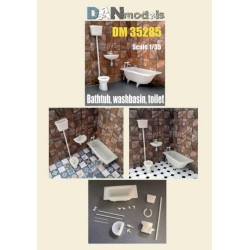
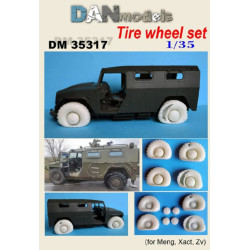
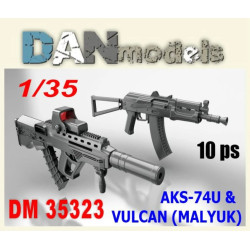
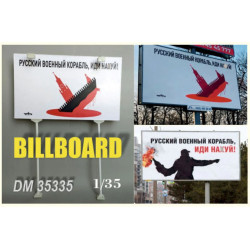
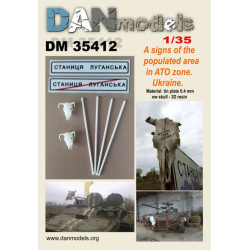


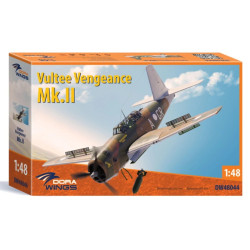

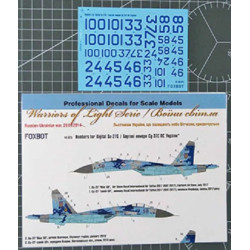

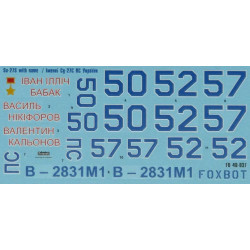

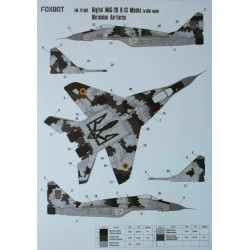





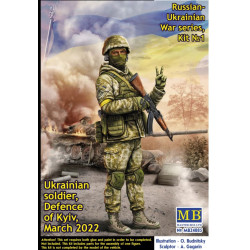
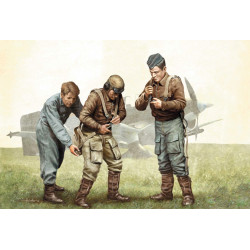

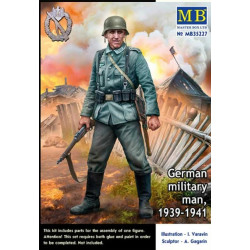
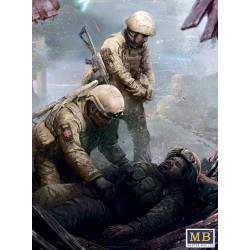












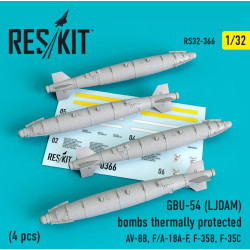










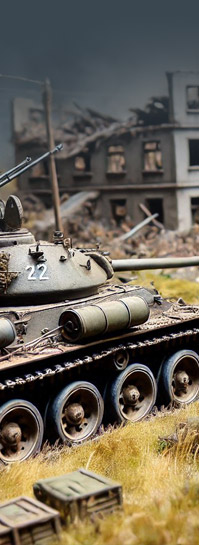
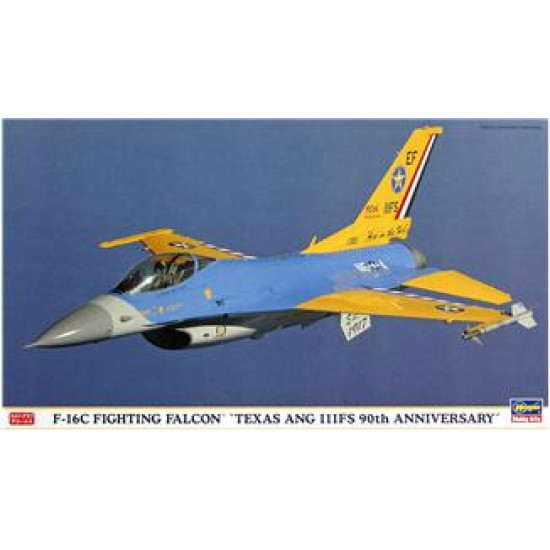

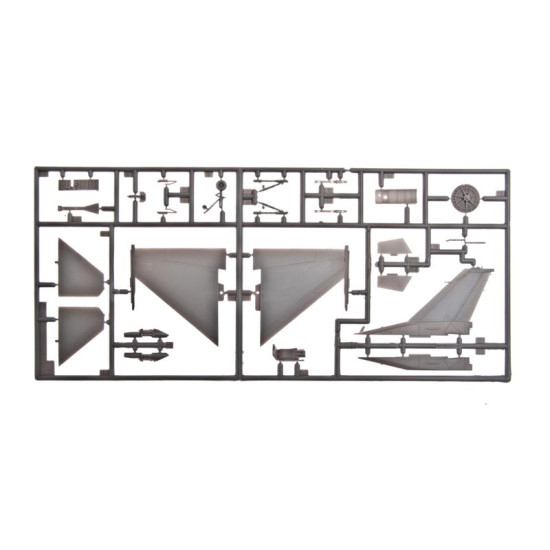
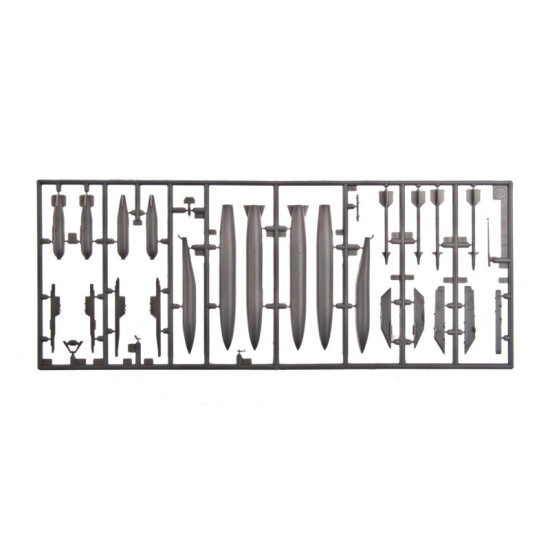
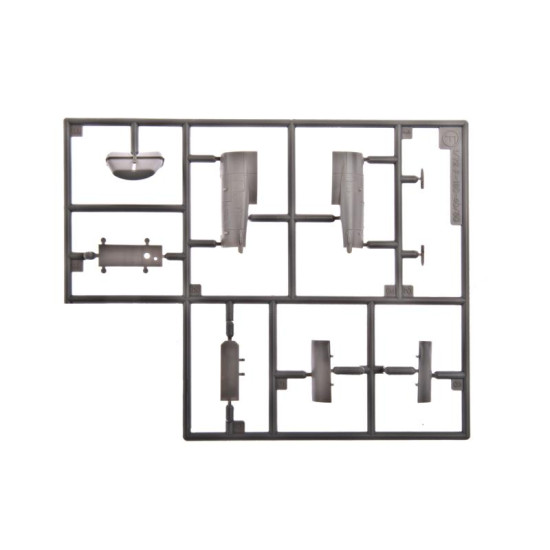
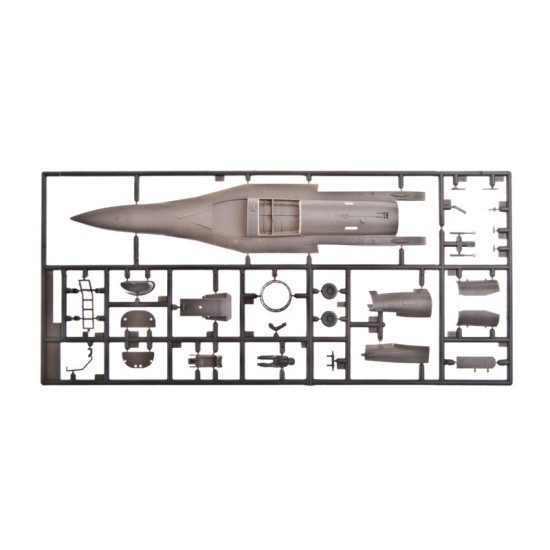
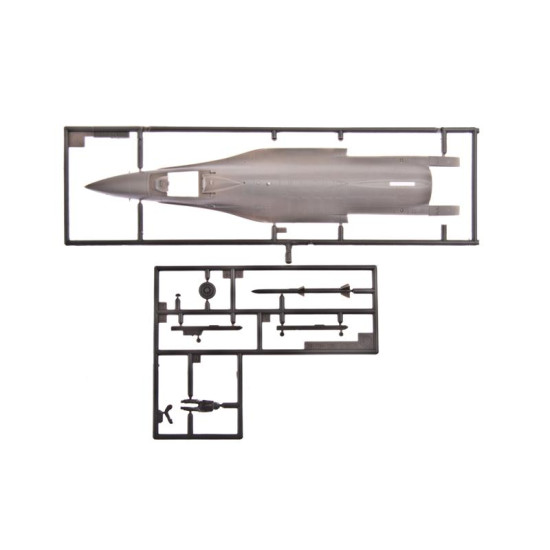

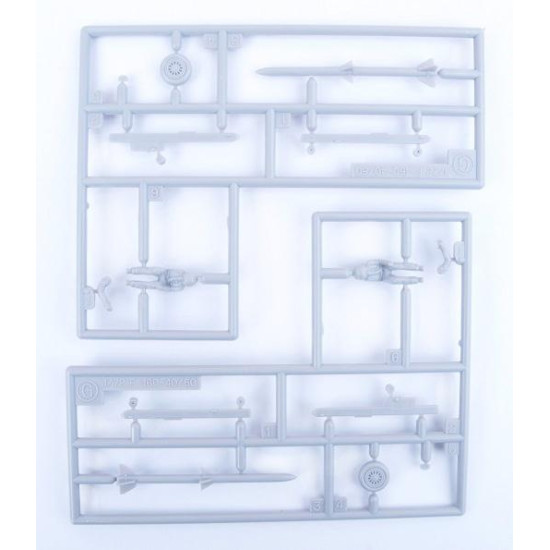
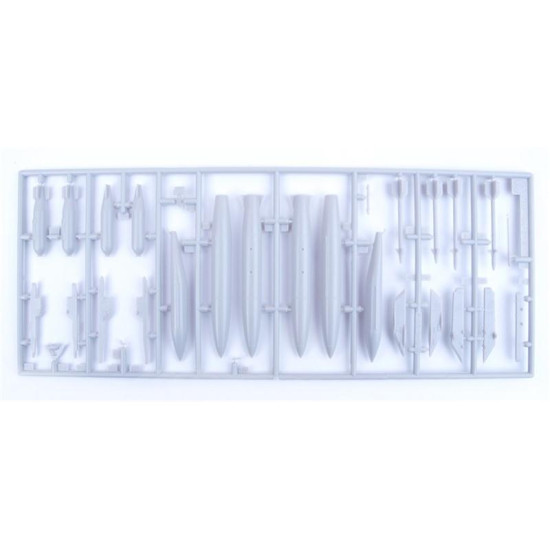
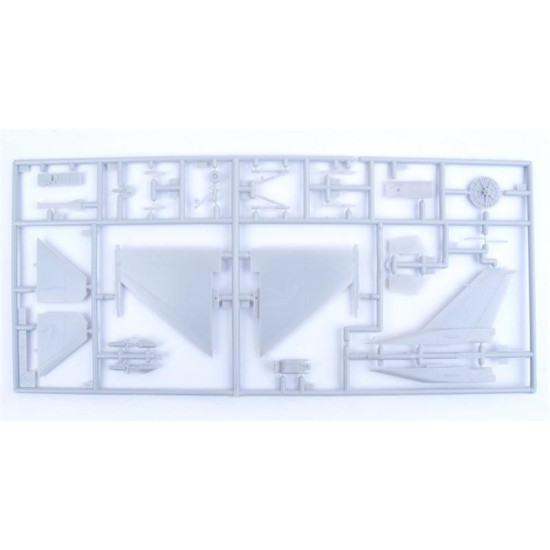












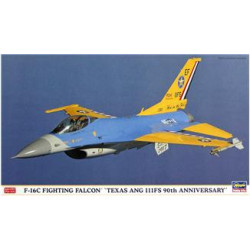
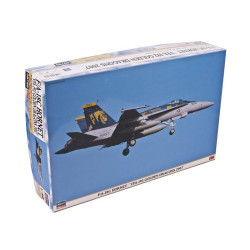
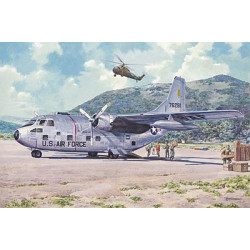
-250x250w.jpg)

